
Brazilian TV in 2016 and in a near future
Brazilian TV in 2016 and in a near future
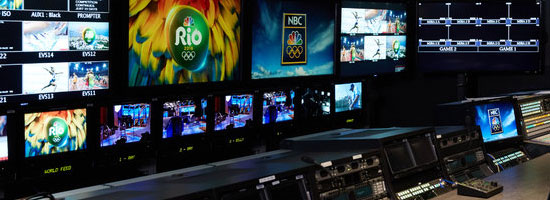
We are in the end of 2016 with a very interesting balance regarding the evolution in TV, especially in the case of public TV in Brazil. The changes of a new generation in the broadcasting business began with the switch-off. Begining with Rio Verde (GO) and the capital of Brazil (Brasília - DF) operating with the 100% digital signal, releasing the 700 MHz band for the implementation of 4G as well.
Another legacy that Brazil showed for the whole world was the Rio 2016 Olympics. Many investments were made in one of the biggest events in the world, thanks to television and Internet broadcasting capacity for billions of people.
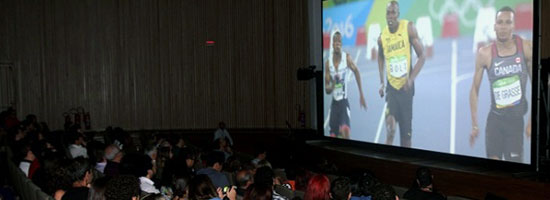
In this year, we were able to test the first transmission in 8K-UHD technology with an exhibition at Museu do Amanhã at Rio, between August 5 and 20, on a 300-inch screen, by optical fiber (uncompressed) and terrestrial (compressed). The signal was generated in 8K by the OBC (Olympic Broadcasting Services) in Jacarepaguá.
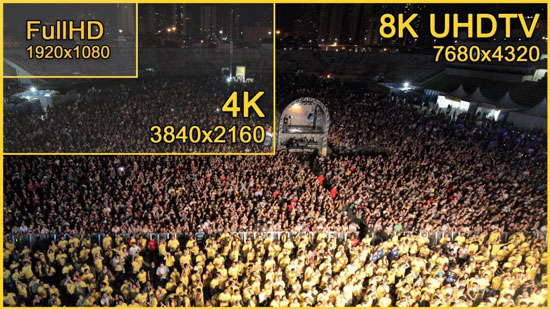
With the partnership of the Japanese broadcaster NHK (already targeting the Olympics in Tokyo by the year 2020) the signal was transmitted on channel 56 UHF (Center frequency of 754 MHz) directly from Mt. Sumaré on a transmitter of 660 W (H) + 660 W (V) in the standard ISDB-T, multiplex capacity of 36.72 Mbit/s, signal bit rate of 35 Mbit/s with HEVC 50 frames/s, 8 bit/px, with E-AC-3 5.1 as standard audio encoding.
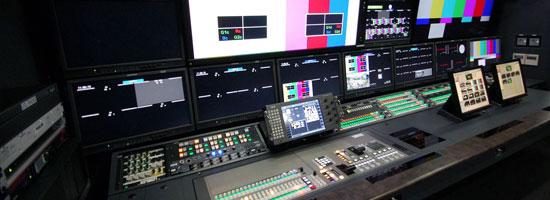
The power of TV in Brazil has shown, in an exemplary way, a surprising quality and use of new technology. One example is Grupo Globo that made 16 SporTV channels available in DTH and through the web with a historical coverage.
Even though we’re still on the road to Full-HD terrestrial broadcasting, 4K and 8K can show the ability to make the best way we watch content, through new experiences and future UHD standards with technologies such as High Dynamic Range (HDR) HEVC (High Efficiency Video Coding) and HFR (High Frame Rate).
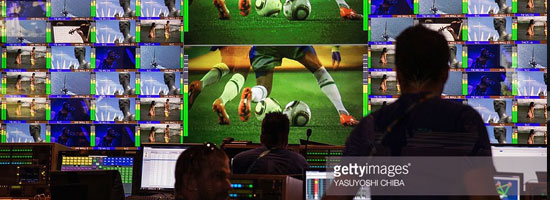
4K terrestrial transmission is already a reality in South Korea. In Japan, 8K transmission tests are in na advanced level. In Brazil, broadcasters are interested in the system, but they are concerned about the use of spectrum for Ultra HD transmissions.
So the broadcast market is also gaining, with the immersion of new technologies, with cameras of greater capacity, bigger and bigger televisions with more quality and functions, higher signal processing, and it is worth noting a special highlight for the audio with 22.2 channels, making the experience more immersive and as close to reality as possible.
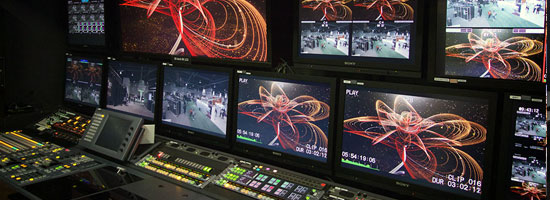
Watching television will become a differentiated experience of what we are used to know, whether via optical fiber, terrestrial or satellite. It is worth mentioning that the film industry also already uses 4K system in its productions and this integration with television extrapolates the business, being materialized in the technology. Very soon, we can say that there will be no difference between the production for TV and Cinema, in technological aspects. So it is possible to say that in a brief future we will be in an entertainment universe with incredible dimensions and possibilities.
Like us if you want on Facebook, and follow us on Twitter
UPDATE september 29th 2017: Brazil speeds up DTT STB delivery ahead of Rio switch-off
Tags: Brazilian TV, 2016, switch-off, Rio 2016, Olympics, 4K, 8K, Tokyo 2020, broadcasting, Ultra HD, future.
In this video you can view some #BehindTheScenes brought to you by panasonic:
We would like to thank Marcel Almeida for writing for us.
More info you can find on his LinkedIn: br.linkedin.com/in/marcelmg77/en or follow him on Twitter @marcelmg77
Like us if you want on Facebook, follow us on Twitter and Subscribe to our YouTube channel.
mentioned:
Rio 2016 : Website - facebook - Twitter - YouTube
Tokyo 2020 : Website - facebook - Twitter - YouTube
NHK : Website
OBC : Website
TV Globo/SporTV : Website - facebook - Twitter - Videos